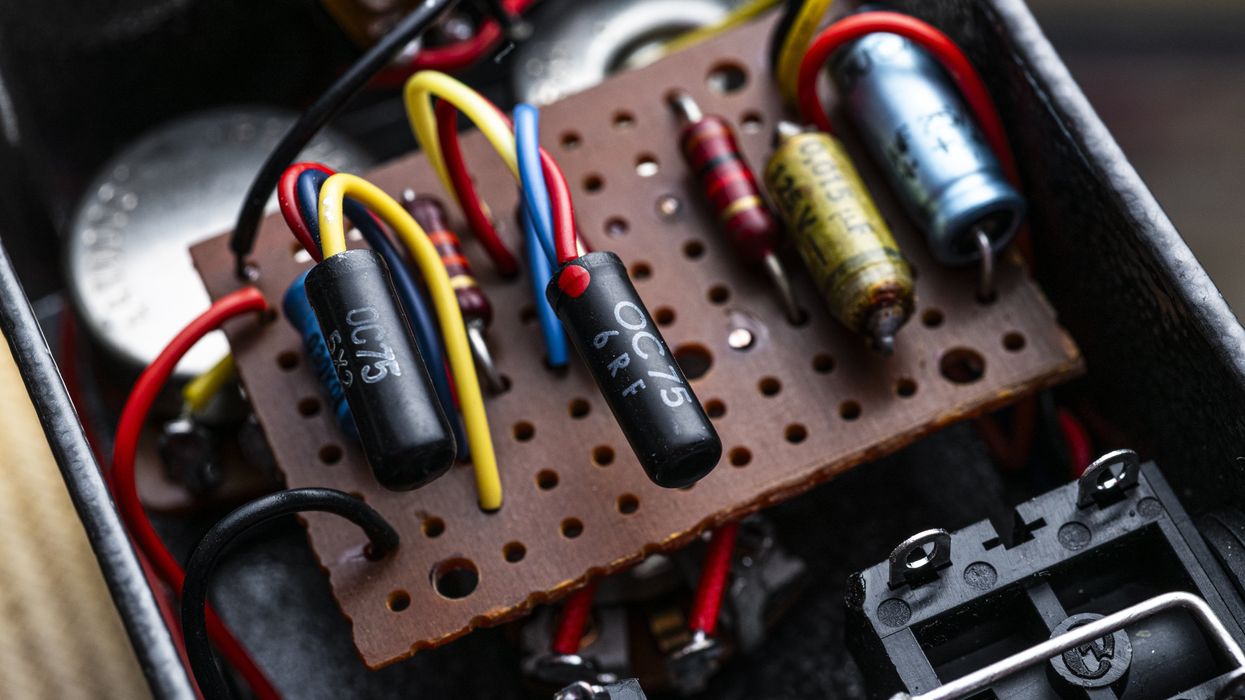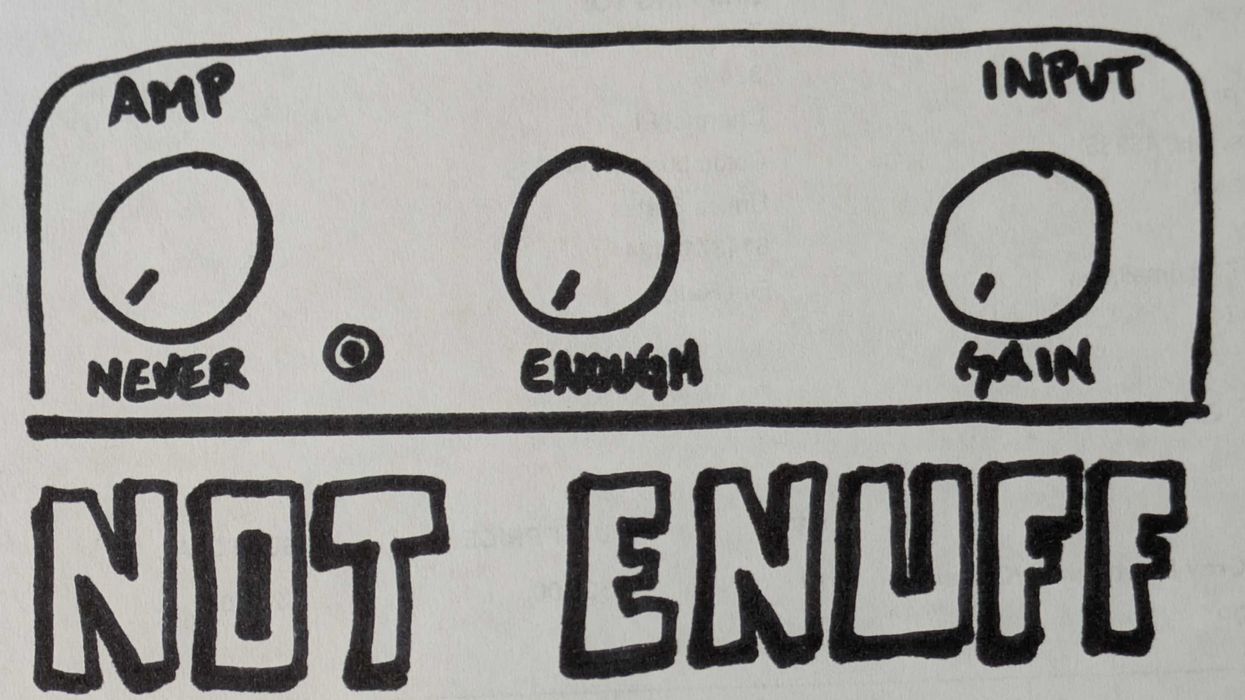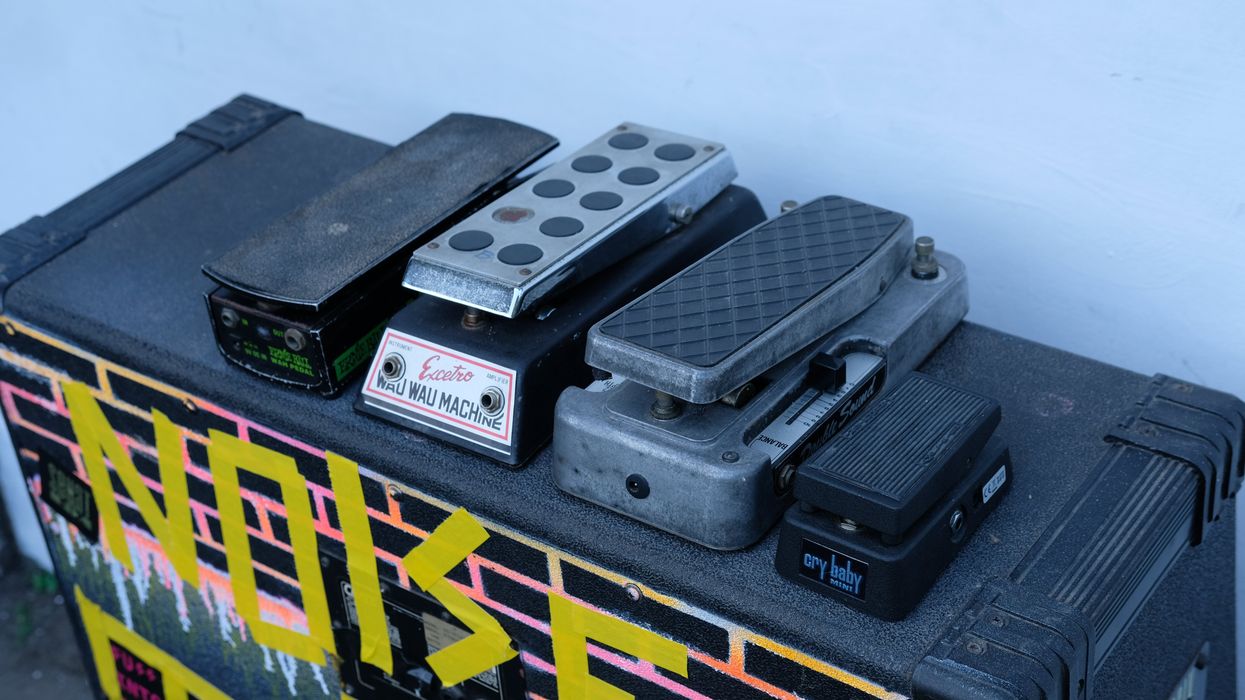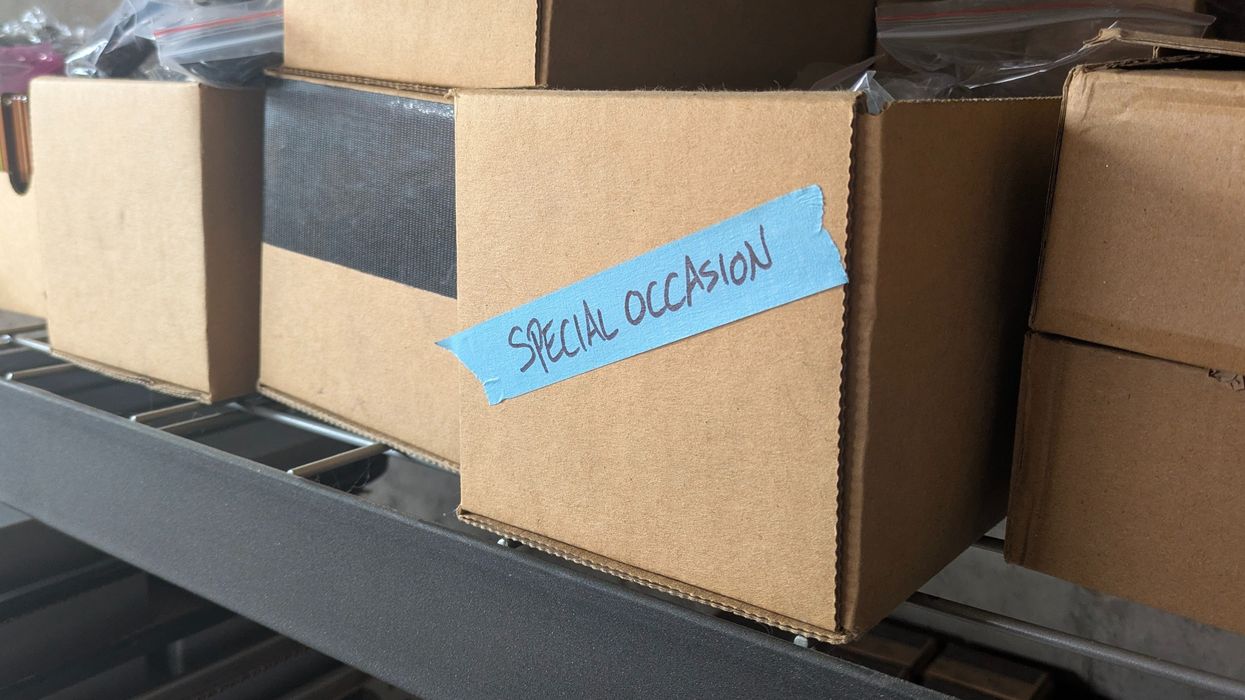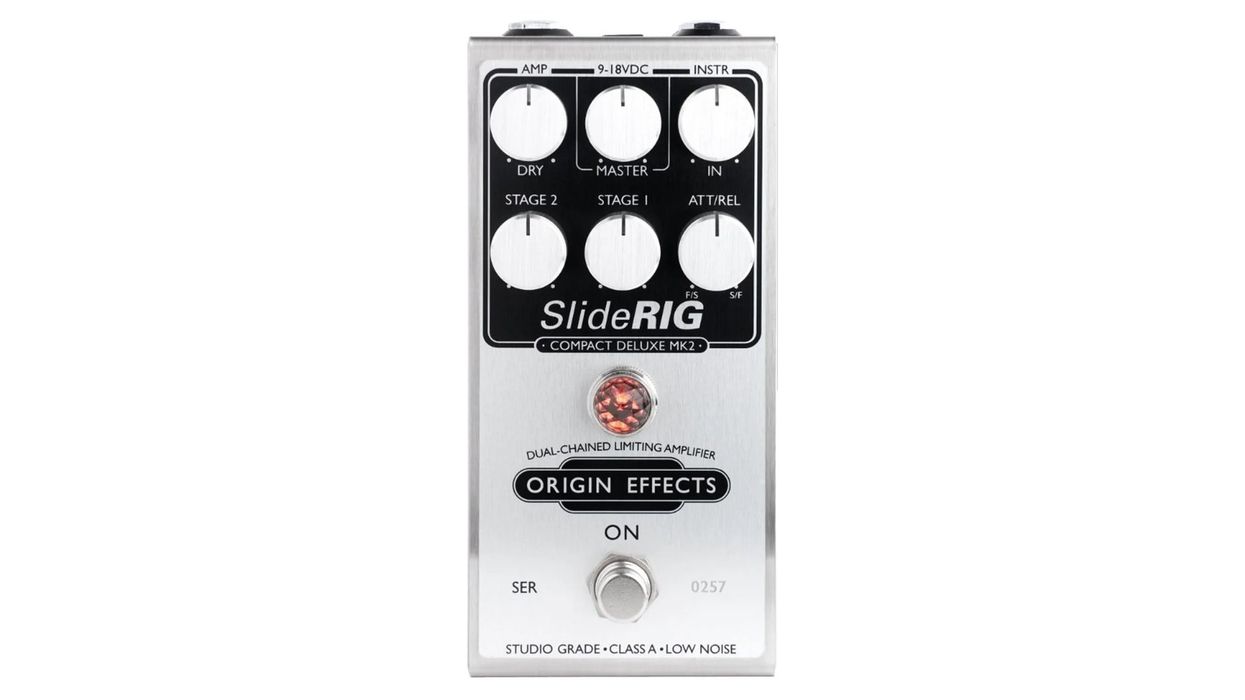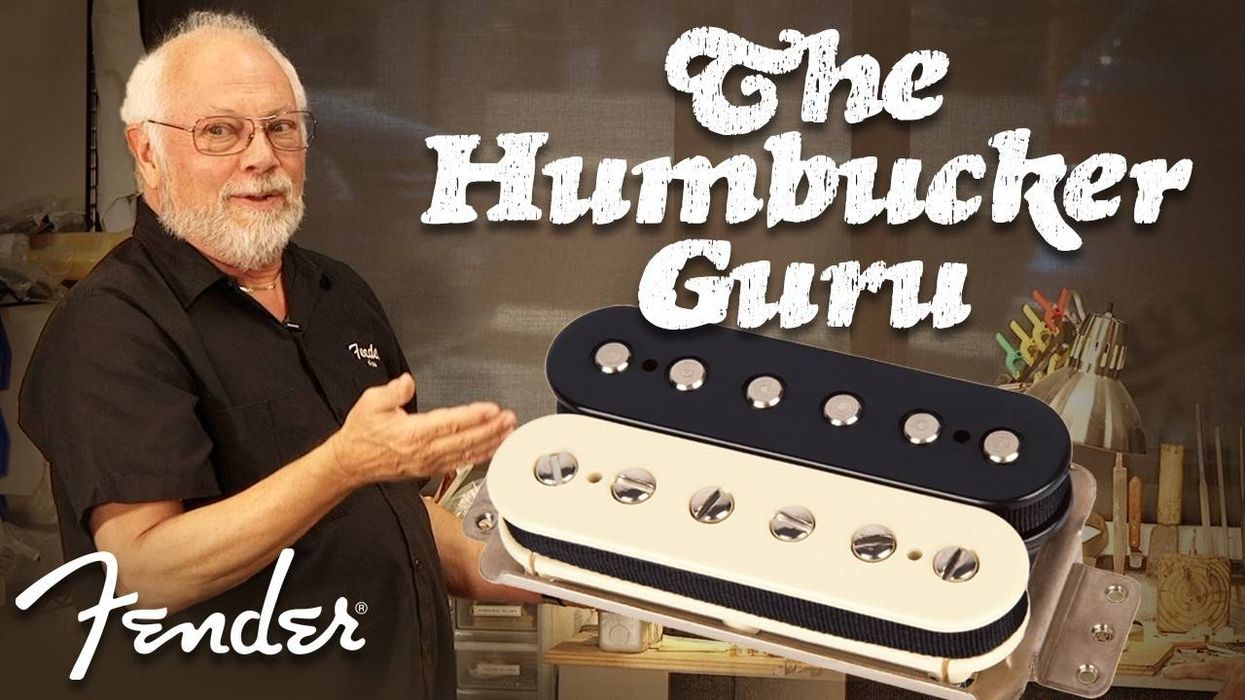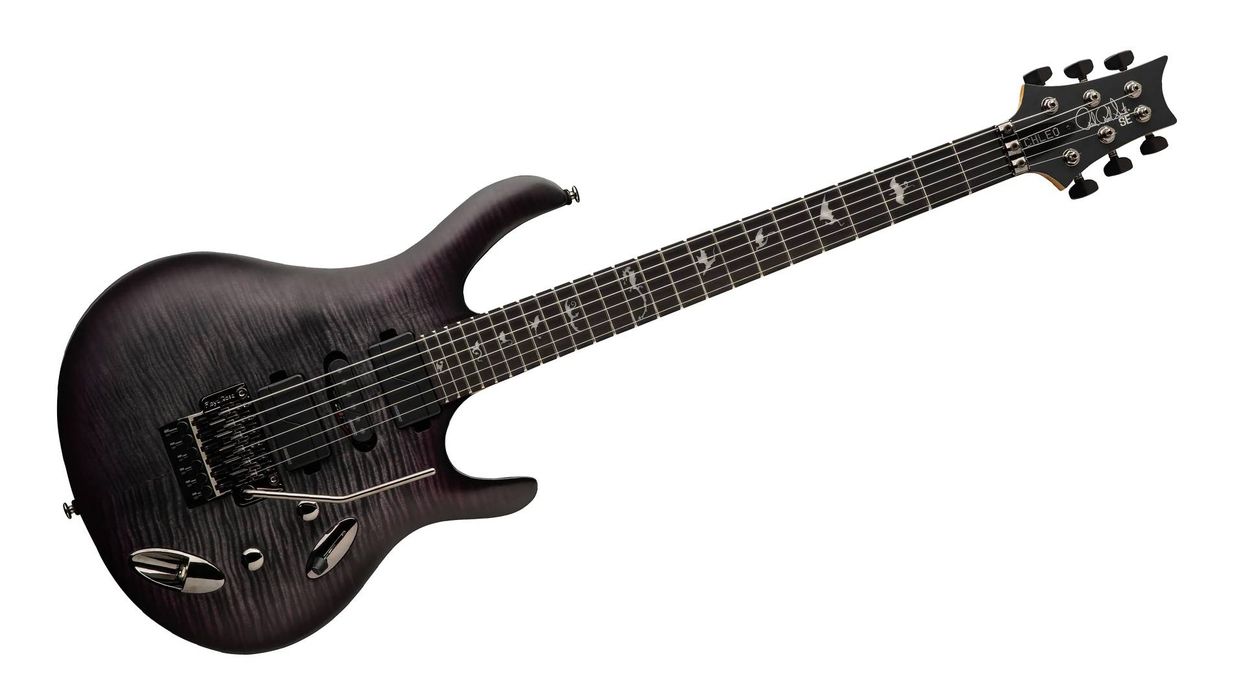Treble boosters have been used by legends like Brian May, Tony Iommi, Rory Gallagher, Marc Bolan, Stevie Ray Vaughan—you name it. They have empirically proven their place in the evolution of rock ’n’ roll, and even paved the way for entirely new music genres. Naturally, as a pedal builder, I had to make my own. In fact, I was building treble boosters even before Sehat Effectors was born. Technically speaking, the circuit is simple—just a single transistor and a few components.
Treble booster pedal, Vintage fuzz pedals, R2R Electric effects, Guitar pedal building, Brian May treble booster, Dallas Rangemaster clone, Vintage guitar tones, Recycled pedal components, Boutique guitar pedals, Handmade effects pedals, Analog guitar effects, Point-to-point wiring, DIY guitar pedals, Vintage amplifier tone
But here’s the catch: The results didn’t meet my expectations. At least, not with the setup I had at the time: an old Japanese Iwama Strat copy and a small solid-state practice amp. The sound was terrible—just downright awful! I kept asking myself, “Did I do something wrong? Or was I missing some secret sauce?” My experiments with the treble booster ended up as a long-abandoned project, collecting dust in my workshop.
Years later, I stumbled across R2R Electric on Instagram, and man, I was blown away by this guy. He’s laser-focused on crafting treble boosters using all kinds of old, recycled parts, and they sound amazing! I couldn’t help but be influenced by what he showcased in each post. It was like a masterclass on how he builds treble boosters and how vintage fuzz pedals work their magic.
This curiosity led me to reach out to Cris Vincent of R2R Electric to ask him about his perspective on treble boosters and vintage fuzz.
Can you share the origin story of R2R Electric?
R2R Electric began officially five years ago. I had been saving old parts from reel-to-reel recorders, old radios, and other vintage audio equipment. I had no experience in building pedals, so I didn’t know what to do with all the parts.
One day, I met Tucker [Krishock] of Lamp Electric and asked him to build a Dallas Rangemaster from the parts I had collected. The first time we plugged in, it blew our minds! So, we began “Reel To Reel Effects.” I began practicing copying the pedal Tucker had made me, and selling them on Reverb under the brand “R2R.” Sadly, Tucker ended up passing away, and so I decided to carry on by combining our two names into R2R Electric.
“If you feel better playing a hand-built pedal versus a mass produced one, there’s something to that. Even if it’s only in your head.”
What fascinates you about treble boosters and vintage Fuzzes?
I became obsessed with vintage effects during my time working in recording. I would always be hunting for new tones or to replicate tones from classic records. I had picked up a Roland BeeBaa, which has a fuzz and a treble booster, and I decided to see what the booster sounded like. I loved it! There is something to the simplicity of these old circuits that I feel give a more natural feel and tone. A vintage boost or fuzz needs to be as equal in your rig as the guitar or amplifier—they have that much impact on the overall performance of a rig.
Do you believe vintage effects should ideally be paired with vintage amplifiers?
I think they can sound great through both vintage and modern amps. The drawback with some vintage amps is that they weren’t meant to be hammered by a huge fuzz signal. I’ve had to refine several vintage speakers that couldn’t handle fuzz. Most modern amps are designed with pedals as a fact of life and can handle most of the tones you throw at them. So, from a reliability standpoint, modern amps handle old fuzz pedals a bit better. But for those classic tones, the pairing of a vintage amp and vintage pedal is the only way to get there.
What inspired you to use recycled components?
That was all I had. I have no formal electrical experience, so I didn’t realize that old parts could go bad or be noisy. It took a lot of working with them to realize how unreliable they can be. I also feel like they have a sound that modern components can produce too. Using old parts to build old circuits just makes sense to me.
Do you think there's a tonal difference between PCB construction and point-to-point designs?
I don’t think one sounds better than the other, really. I think it comes down to the original design of the circuit and the limitations of that particular construction type. I do think that PTP circuits should stay that way, and circuits made for PCB sound great and don’t need to be handwired to sound good. The old PTP circuits tend to sound better, but that’s just my opinion. I think it all comes down to everyone’s own personal taste. If you feel better playing a hand-built pedal versus a mass-produced one, there’s something to that. Even if it’s only in your head.
Based on this brief interview, I’ve come to realize just how deeply spiritual and immersive the experience of finding the sound in your head can be. It’s a stark contrast to my own initial disappointment with the treble booster I built—it was something I felt was a failure and quickly discarded. Cris, on the other hand, exemplifies someone who devoted himself with unwavering focus, constantly seeking until he reached that moment of enlightenment—the “eureka” moment—that validated what he had believed in all along.
In a way, what I’ve done—like replacing electric guitar strings with nylon strings—was not technically wrong, but clearly not the right fit. The same principle applies to treble boosters, fuzz pedals, and perhaps many other effects pedals. They each have unique tendencies and characteristics that may be waiting for their own “eureka” moment to truly shine.


